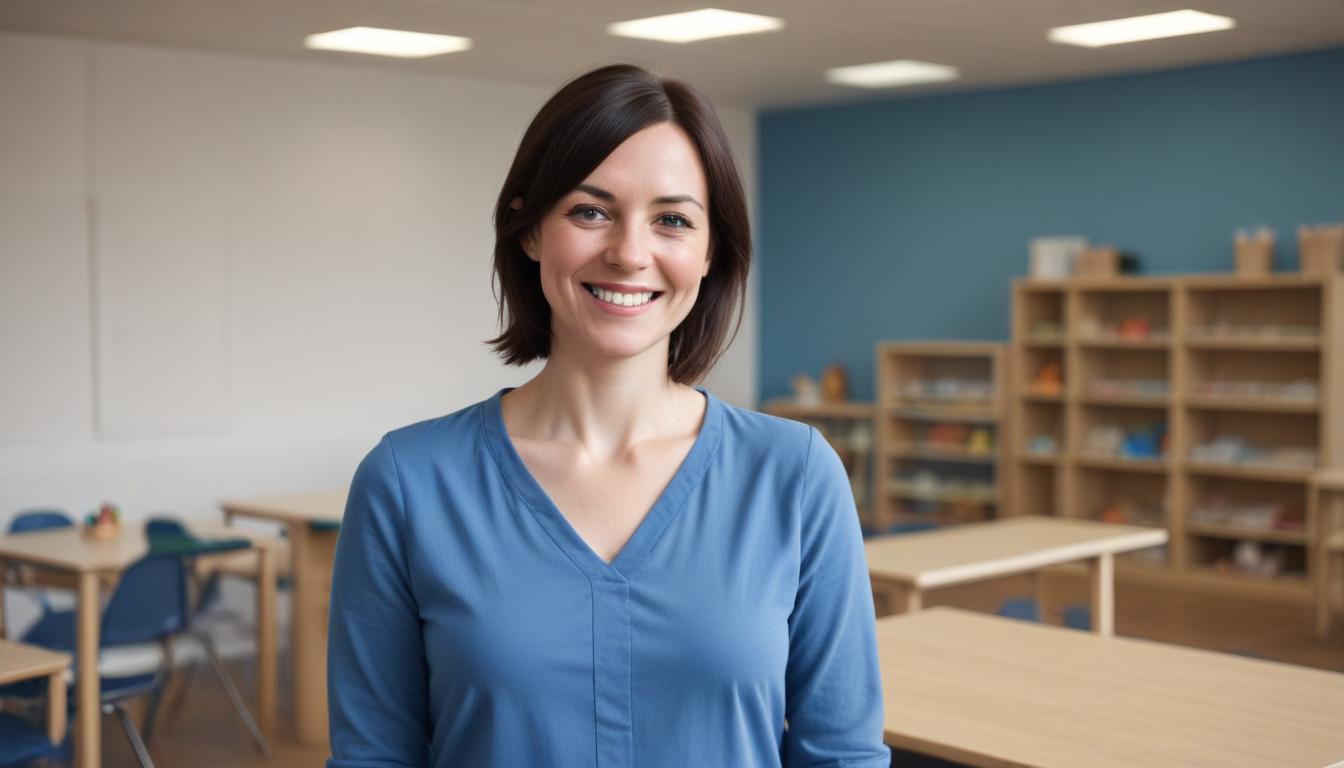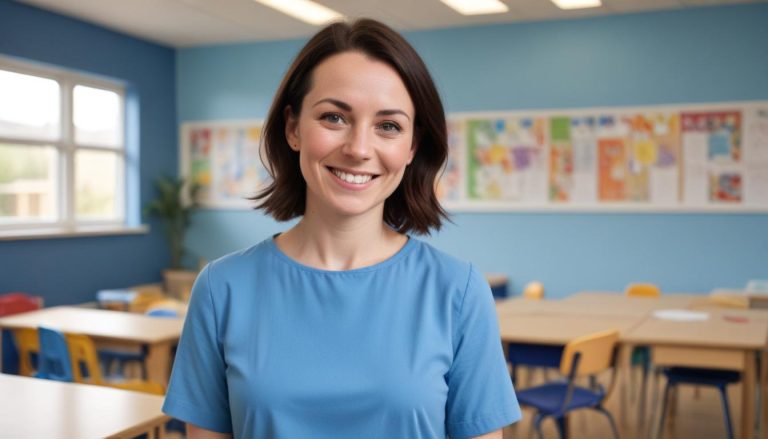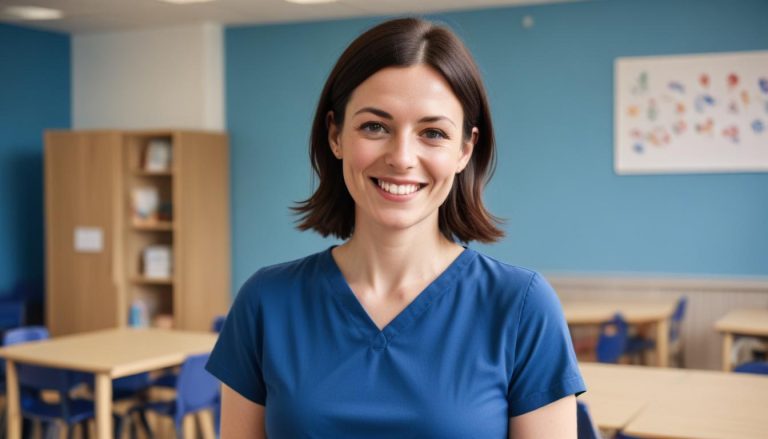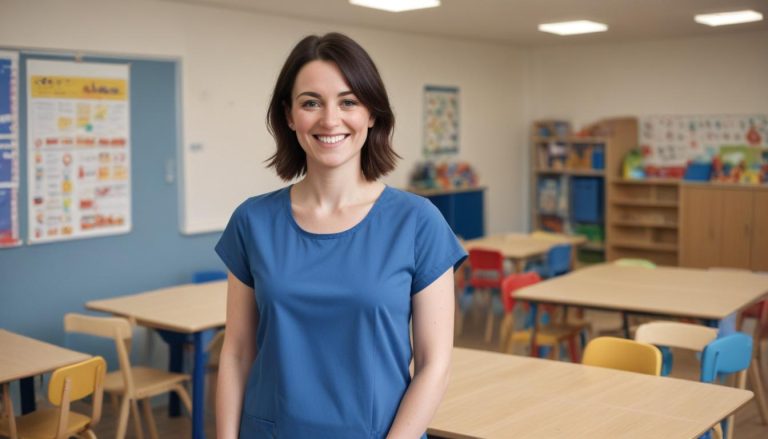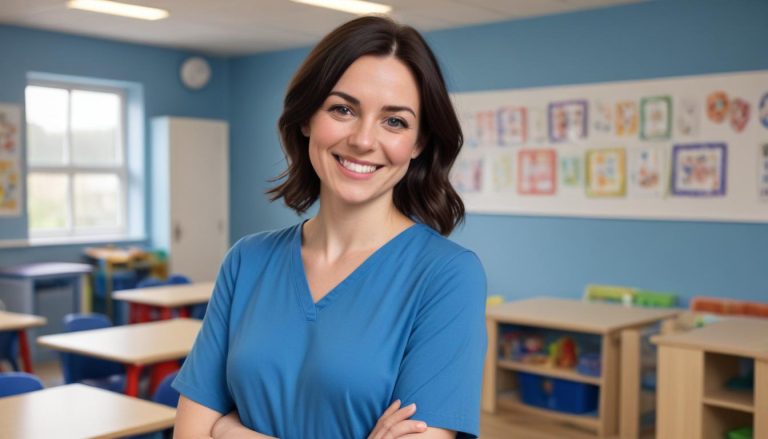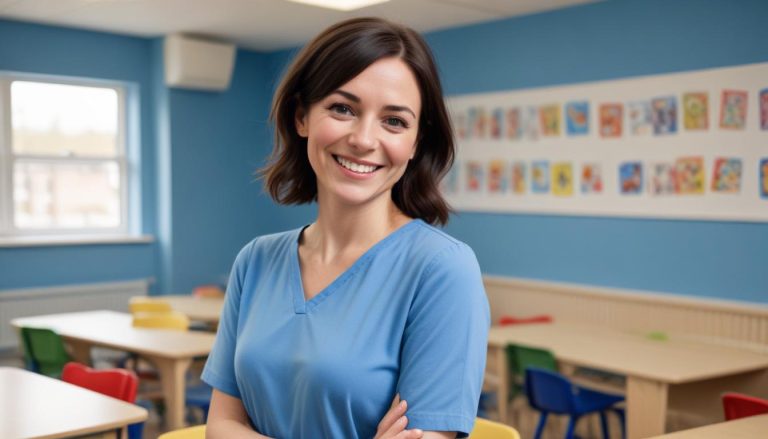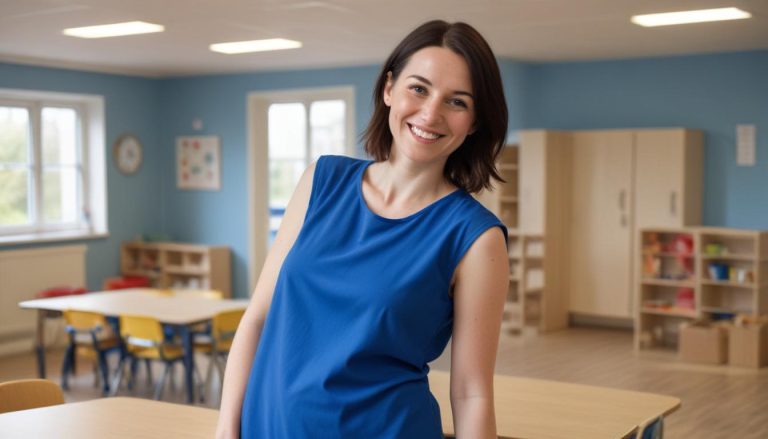This guide will help you answer 7.2 Reflect on how early years educators prepare babies and children for planned transitions.
Preparing babies and children for transitions is an essential part of early years education. Transitions involve changes in a child’s daily routine, setting, or relationships, such as starting nursery, moving into a new room within the setting, or transitioning to primary school. These changes can feel unsettling for children, but early years educators play a key role in helping children feel comfortable and secure.
Planned transitions are predictable and give educators time to prepare. Proper preparation for these transitions helps to minimise stress and supports both the children and their families. This fosters a sense of confidence and stability, ensuring children are ready to manage the change.
Gaining an Understanding of Children’s Feelings
Children may experience a range of emotions during transitions, such as excitement, worry, or confusion. Younger children and babies, who cannot verbally express their feelings, may instead communicate through their behaviour. For example, they might become clingy, restless, or tearful. It’s important for early years educators to be aware of these behaviours and offer comfort, reassurance, and support.
Taking time to understand how a child is feeling about a transition is one of the first steps in preparation. Open communication with parents or carers allows educators to gather insights about the child’s personality, preferences, and potential concerns. This information helps educators to provide tailored support for that individual child.
Building Relationships and Trust
Trusting relationships between the child, the educator, and their peers are essential during transitions. If a child feels secure with the adults around them, they are more likely to handle changes positively. This relationship-building starts long before the transition itself.
Ways to build trust include:
- Consistent care by establishing familiar routines in the setting.
- Responsive interactions, like listening carefully and responding patiently.
- Providing plenty of comfort and affection, so children feel valued and secure.
If the transition involves new people, such as a new key person or teacher, then introducing them early is helpful. For example, planned visits where the child can interact with their new key person in a familiar environment can reduce anxiety.
Planning Gradual Transitions
Planned transitions should happen gradually whenever possible. Rushing the process can leave children feeling unsettled. A gradual introduction allows children to get used to the changes one step at a time.
For instance, if a child is moving into a new nursery room, the following steps could be taken:
- Familiarisation Visits: Short visits to the new room while accompanied by a trusted adult. This gives the child a chance to observe the new environment without pressure.
- Increasing Independence: Gradually allowing the child to spend time in the new room without their current key person. This might start with a few minutes and increase as the child feels more comfortable.
- Meeting New People: Introducing them to their new key person or peers during their visits. Building familiarity with faces can ease their uncertainty.
For babies, even small steps like ensuring they’re with familiar objects, such as a comforter or blanket, during the transition can help them feel more secure.
Communicating with Families
Parents and carers are an important part of planned transitions. Their involvement gives them confidence that their child is being well looked after and provides valuable continuity at home. Educators should always keep parents informed about upcoming changes and involve them in the preparation.
Key actions may include:
- Regular meetings or conversations about the upcoming transition.
- Sharing strategies or activities that parents can replicate at home to ease anxiety.
- Listening to parents’ concerns and ideas about how to best support their child.
For example, when transitioning to primary school, parents can help by reading books about starting school with their child, encouraging excitement, and talking positively about the experience.
Using Resources and Visual Aids
For young children who are still developing verbal language skills, visual and sensory resources can help them understand transitions. Visual aids can make abstract concepts, like moving to a new room or starting school, feel more concrete.
Examples of useful resources include:
- Social Stories: Short, personalised stories that describe what will happen during the transition in a simple and positive way.
- Picture Schedules: A visual timeline that shows children the steps involved in the transition. For example, pictures of their current room, the new room, and the teachers they will meet.
- Photo Albums: A small booklet filled with pictures of the new environment, staff, and activities they’ll encounter.
Using these tools encourages familiarity and reduces the fear of the unknown.
Helping Children Develop Coping Skills
Supporting children to build the emotional resilience they need to manage transitions is part of an educator’s role. Some children might already have strong coping mechanisms, while others may need gentle encouragement.
Ways to help children build coping skills include:
- Encouraging Independence: Allowing children to explore their surroundings, dress themselves, or carry out small tasks gives them confidence in their abilities.
- Talking About Emotions: Naming emotions and normalising feelings like nervousness or excitement helps children better understand and express themselves.
- Role Play: Creating pretend play scenarios that mirror the transition can help to remove fear. For example, setting up a pretend classroom where children can ‘play school’ and practise new routines.
Every child develops at their own pace, and small, consistent steps towards independence can make big differences.
Respecting Individual Needs
No two children react to a transition in the same way. Some children adapt quickly, while others may need more time. Educators must remain flexible and treat each child as an individual.
Some children may need:
- Extra time to adjust.
- Reassurance through physical closeness, like holding hands or sitting nearby.
- Special focus on their routine or comfort objects.
By respecting individuality and personal preferences, educators can support children to feel confident and secure through any transition.
Transitioning to Primary School
The move to primary school is a significant transition for children and their families. This is often the first time children experience a more formal learning environment with new structures and greater expectations.
Preparation activities may include:
- Primary School Visits: Arranging visits to the school environment ahead of the transition helps children become familiar with the classroom, playground, and staff.
- Meeting Teachers: Introducing Reception teachers to the children in their current setting allows relationships to develop early.
- Reading Books About School: Stories about starting school can provide comfort and allow children to ask questions.
- Talking About the Change Positively: Use positive language when discussing school. Reinforce exciting aspects like meeting new friends or learning new skills.
- Sharing Information with Schools: Passing on important details about the child’s strengths, interests, and challenges ensures the school is prepared to meet their needs.
For children with additional needs, such as SEND (Special Educational Needs and Disabilities), the planning process may require more detailed coordination. This might involve working with specialist services or holding multi-agency meetings to ensure the child has the right support in place.
Reflecting After the Transition
After the transition has occurred, it’s important to reflect and evaluate how it went. Taking time to review the process helps educators improve their approach for future transitions.
Reflection might include:
- Observing the child’s behaviour to identify any ongoing concerns.
- Discussing with parents whether they feel the transition was successful or if further support is needed.
- Considering what worked well and what could be changed for the next planned transition.
By listening to feedback and identifying lessons, transitions can become smoother and more effective over time.
Conclusion
Preparing babies and children for planned transitions is an important responsibility for early years educators. With careful preparation, good communication, and a child-focused approach, transitions can be positive experiences that build confidence and independence in children. Each step of the preparation process supports children to embrace change, while maintaining trust and security at its core.
Subscribe to Newsletter
Get the latest news and updates from Care Learning and be first to know about our free courses when they launch.

